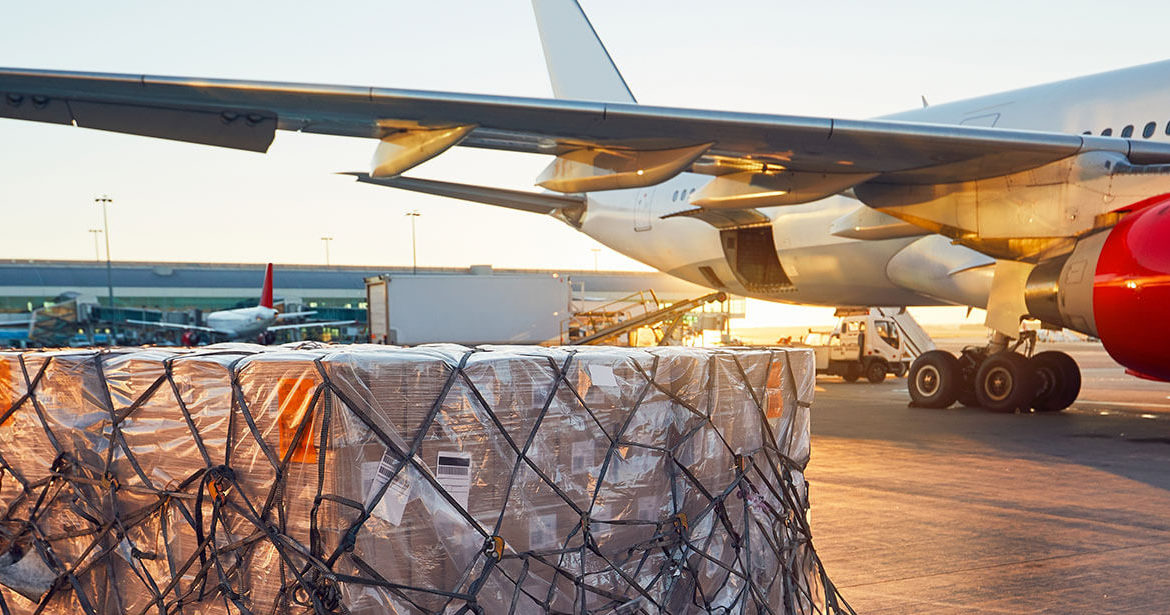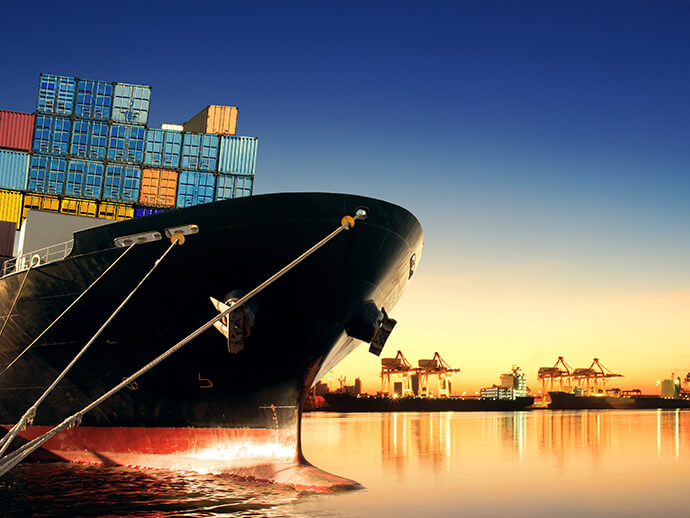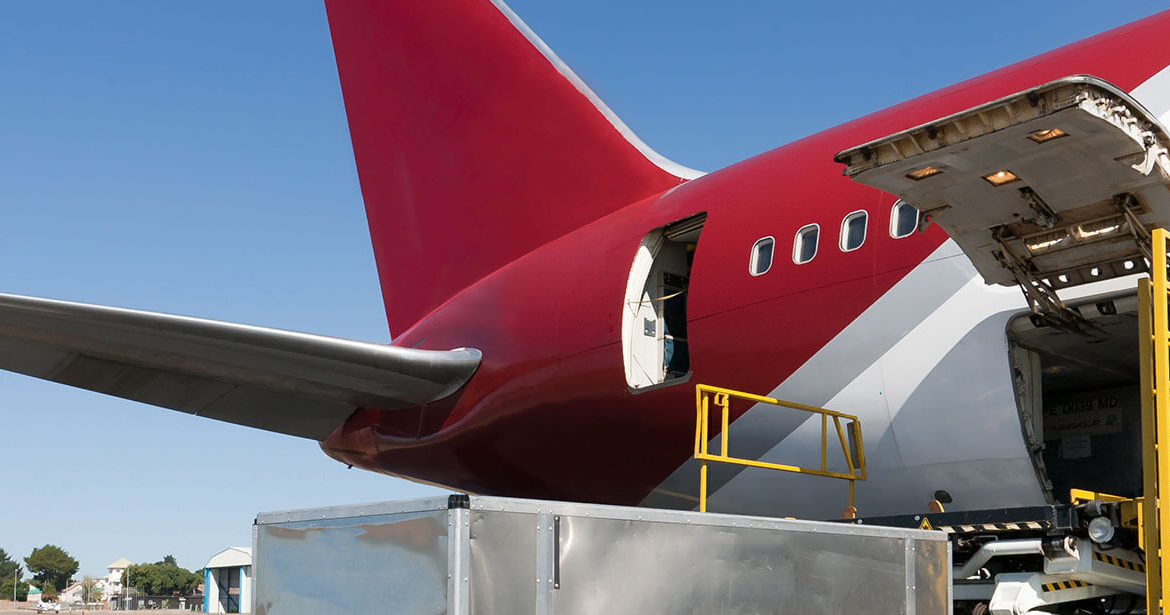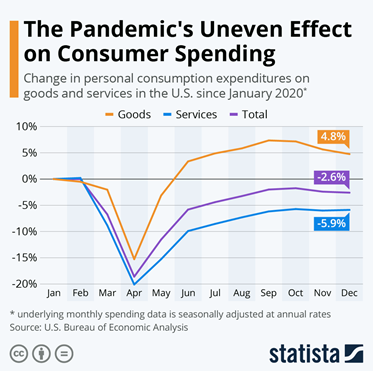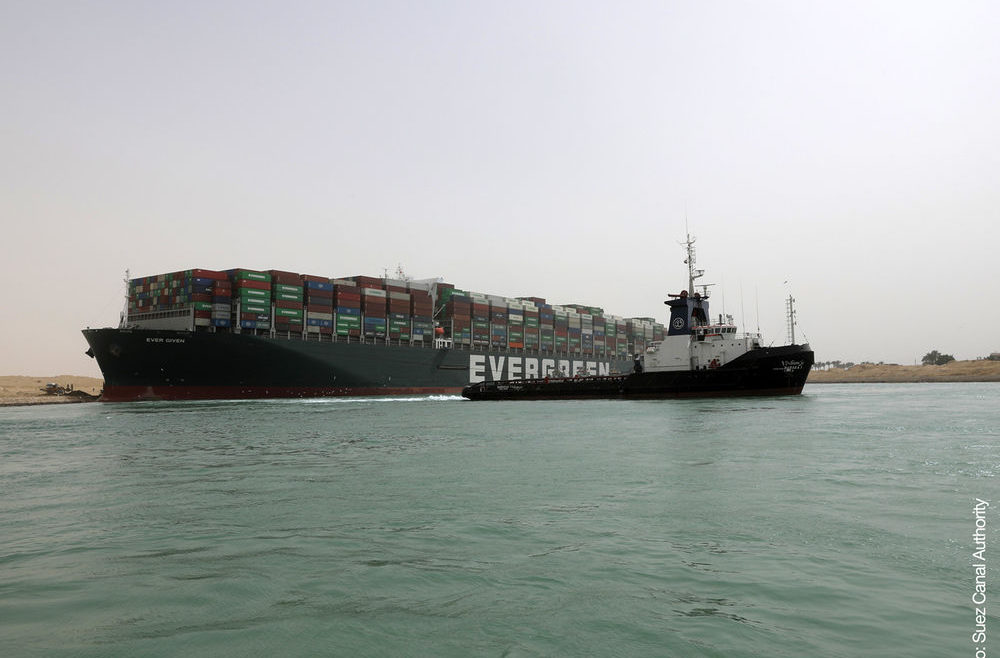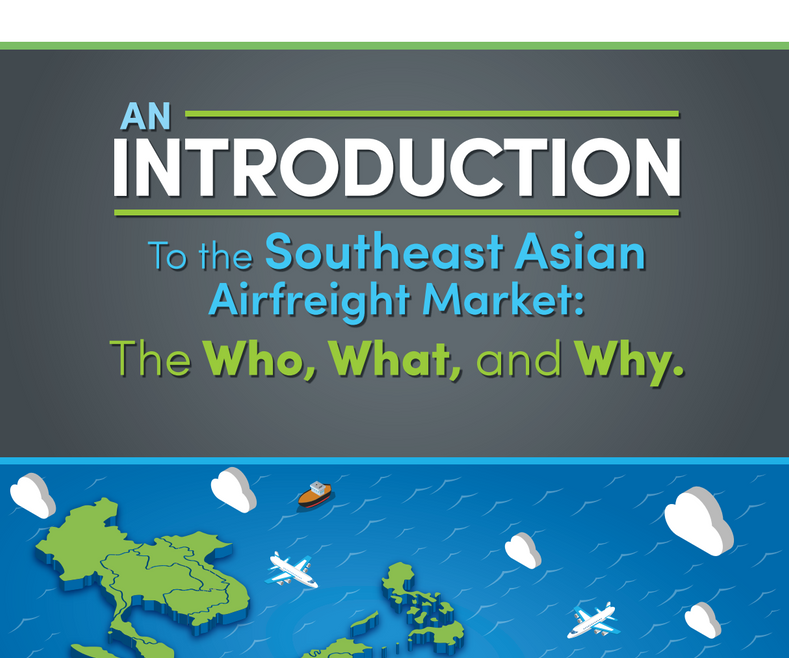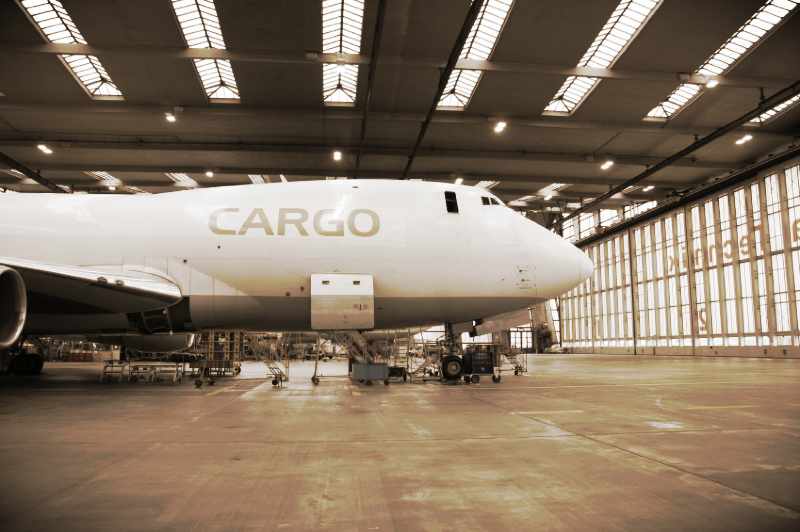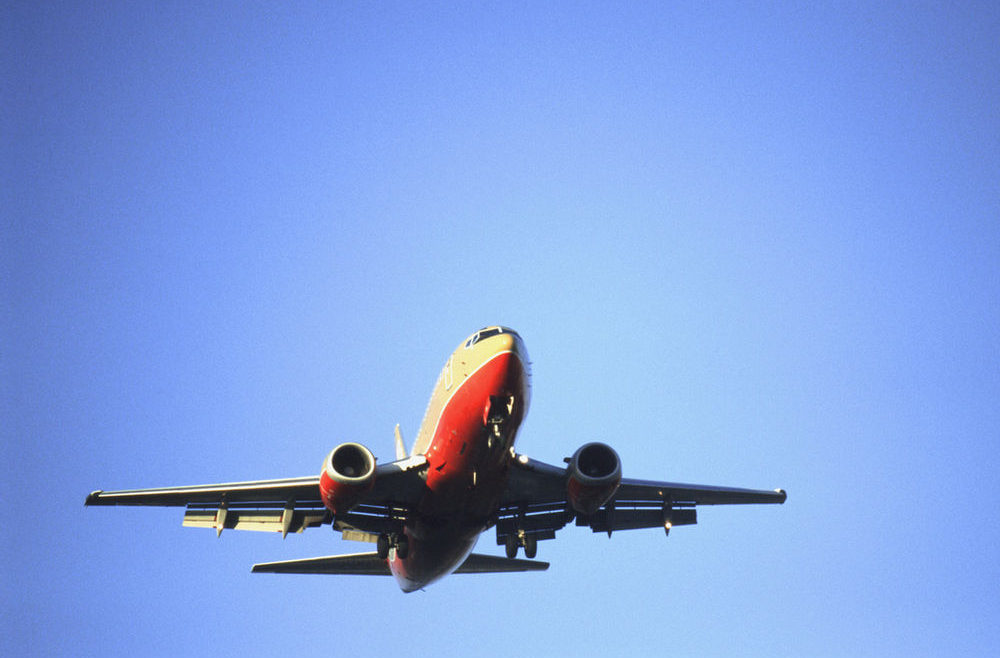The industry is used to hearing news about port congestion and ships loitering as they wait for berths—at least at the West Coast ports of Los Angeles and Long Beach. But the tide has shifted. As carriers try to escape the backlog in the west by moving to the east, the problem has followed along like an albatross. The Ports of Houston and New York now have as many containerships waiting for berths as Los Angeles and Long Beach combined.
Click to Read the Full Article
The summer saw still more lockdowns in China as COVID fears continued. Fortunately, Shanghai’s two-month-long lockdown was lifted and with it some speculation that leadership may relent—at least to some extent—on their zero covid policy. There is no escaping the impact on their economy, and manufacturers are becoming increasingly vocal about leaving the country and near-shoring production back to the US and Europe.
Click to Read the Full Article
According to a survey of 233 senior procurement executives done by Ivalua, nearly all procurement leaders—97% of them—say they are facing significant disruption in the direct materials supply chain. 67% say they have little to no confidence in existing technology, and 84% say modernization needs to be a priority.
Click to Read the Full Article
The Biden Administration is considering a relief package that will roll back some of the tariffs that were previously imposed on China during the Trump Administration—which raised prices on everything from diapers to clothing and furniture. The expectation is that a modest list of tariff suspensions will tamp down inflation.
Click to Read the Full Article
The FMC has a bit of a conundrum. Back in June, a vote was passed, giving them more power to handle allegedly unfair business practices carried out by ocean carriers and marine terminal operators. But now they’re saying they don’t have enough staff to enforce reforms. According to FMC Commissioner Carl Bentzel, “We have major rulemakings we’ll be starting in the short term but very few people to do the work, so we’re wrestling with that.”



